Forestry Roots – opening a door onto an exciting and varied career
I recommend the RFS Forestry Roots programme to anyone nearing the end of their course; whether you’re more interested in pure timber production or woodland management for conservation, the opportunity to get a foot in the door of such a varied and exciting industry – while having a generous training budget as well – is fantastic.
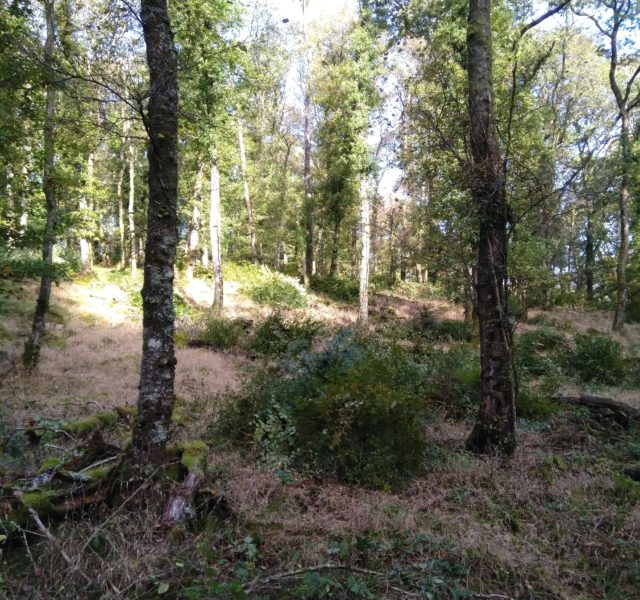
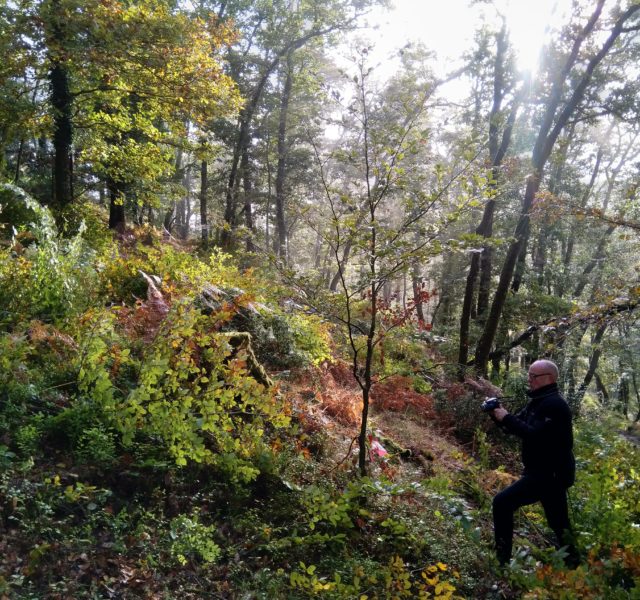
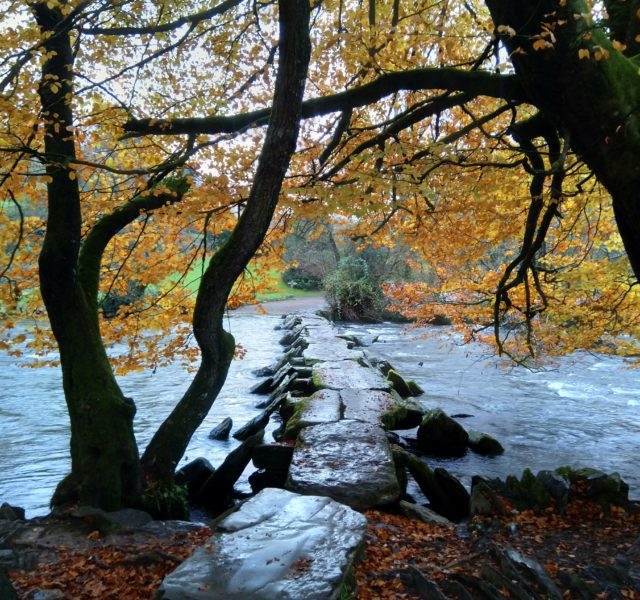
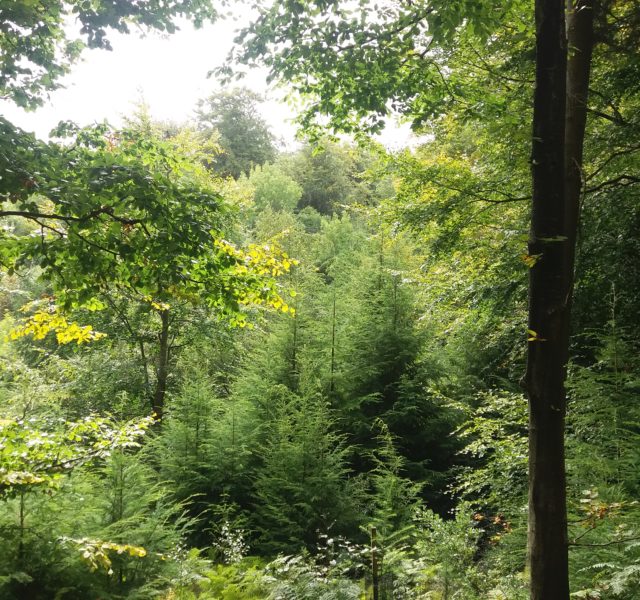
I’d always been interested in trees and forestry, and after attempts at several different careers I realised I needed to be working outdoors and having a tangible, positive influence on woodland and trees. After completing a City and Guilds diploma in Forestry and Arboriculture, I gained experience working with a local forestry company in the manual side of the industry, doing everything from planting trees to felling them and milling them into timber. I became interested in how woodland was managed, particularly for conservation, and aimed at achieving a position where I could learn more about woodland management and the decision-making process behind it. I completed a degree in conservation while I was working and began looking for a graduate position where I could get experience and training at the same time.
The RFS Forestry Roots position as Assistant Forest Manager with Exmoor National Park seemed perfect, and I was lucky enough to be accepted for the role. I quickly realised that I had a lot to learn, and Exmoor National Park offered a great mixture of environments and experiences. As a National Park, conservation and public engagement are the main priorities, but the wide variety of woodland owned by the National Park Authority gave me opportunities to learn everything from traditional forestry management for timber production to surveying and conserving historical features.
Updating management plans
The first task I was involved in was surveying and updating the long-term management plan for a National Park woodland which had been managed under Continuous Cover Forestry (CCF) principles for the previous five years. I used the generous RFS Forestry Roots training bursary to undertake a CCF course run by SelectFor, which gave me a good overview of the practice and how it can result in healthier but still productive forests. I spent a few weeks surveying fixed plots around the wood, assessing the amount of natural regeneration which was being encouraged by the thinning that had been carried out over the previous few years. I then updated the management plan and helped with deciding where thinning was to be targeted this year.
One of the duties of my role was to help with public enquiries about trees and woodland. This could involve queries about Tree Preservation Orders, seeking advice on the management of private woodland or advice on grant schemes and woodland creation. One enquiry I worked with involved writing a woodland creation plan for a retired farmer and helping with applying for the appropriate grants. Carrying out soil surveys and then researching appropriate species and designing planting maps with QGIS was very rewarding and taught me a lot about how woodland creation works. I also learnt a lot about Countryside Stewardship, without which a lot of projects to create new woodland couldn’t happen.
Surveys and inspections
Another task was to survey and map the exotic tree species in Ada Lovelace’s old home, Ashley Combe. Situated in a remote wooded valley by the sea, the current woodland conceals an amazing history both of pollarding for industry and wood pasture and a 19th Century picturesque landscape; exotic trees like Nootka cypress, oriental spruce and strawberry tree were planted here in the 1840s, and this was a great way of improving my tree ID skills and learning about managing woodland on an historic site.
A less positive but necessary job we’ve had, which is still ongoing, is dealing with the effects of ash dieback. So that I could help with inspections, I undertook an Intermediate Tree Inspection course using the RFS bursary, where I learnt a lot about tree biomechanics and the law surrounding trees. Unfortunately we’ve had to fell quite a few ash trees already for safety reasons; learning about planning forest operations at short notice on a SSSI was quite eye-opening and impressed on me the importance of maintaining a good knowledge of the condition of the trees and woods you manage.
I also used the training bursary to join the ICF as an associate member for a year, and to get my Lantra 4×4 ticket, which was great fun and the driving skills I learnt on it have been very useful for driving around Exmoor’s steep and rutted woodland tracks.
Looking ahead
Six months into my placement, a two-year position as Woodland Conservation Assistant came up and I was chosen for the position. This was in large part down to the RFS Forestry Roots position, where I had been able to learn the skills I needed for the new job, as well as giving me the confidence that I could fulfil the requirements of the role. There’s a brand new learning curve in the new job, but I’m confident that my experience with Forestry Roots has given me the ability to deal with the new challenges.
I recommend the RFS Forestry Roots programme to anyone nearing the end of their course; whether you’re more interested in pure timber production or woodland management for conservation, the opportunity to get a foot in the door of such a varied and exciting industry – while having a generous training budget as well – is fantastic. For me as someone without a forestry degree it offered me the opportunity to fill in the gaps in my knowledge and give me more confidence in a career in woodland management. As with any job application, I would recommend getting as much work experience as possible while you’re studying.
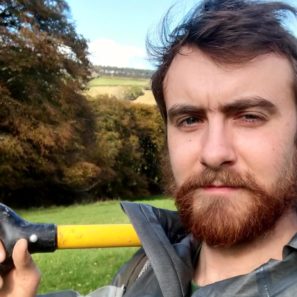
Jack Hunt
Assistant Forest Manager, Exmoor National Park
Jack Hunt successful landed a Forestry Roots post in 2019 with Exmoor National Park which led to a two-year post with the National Park as a Woodland Conservation Assistant.

